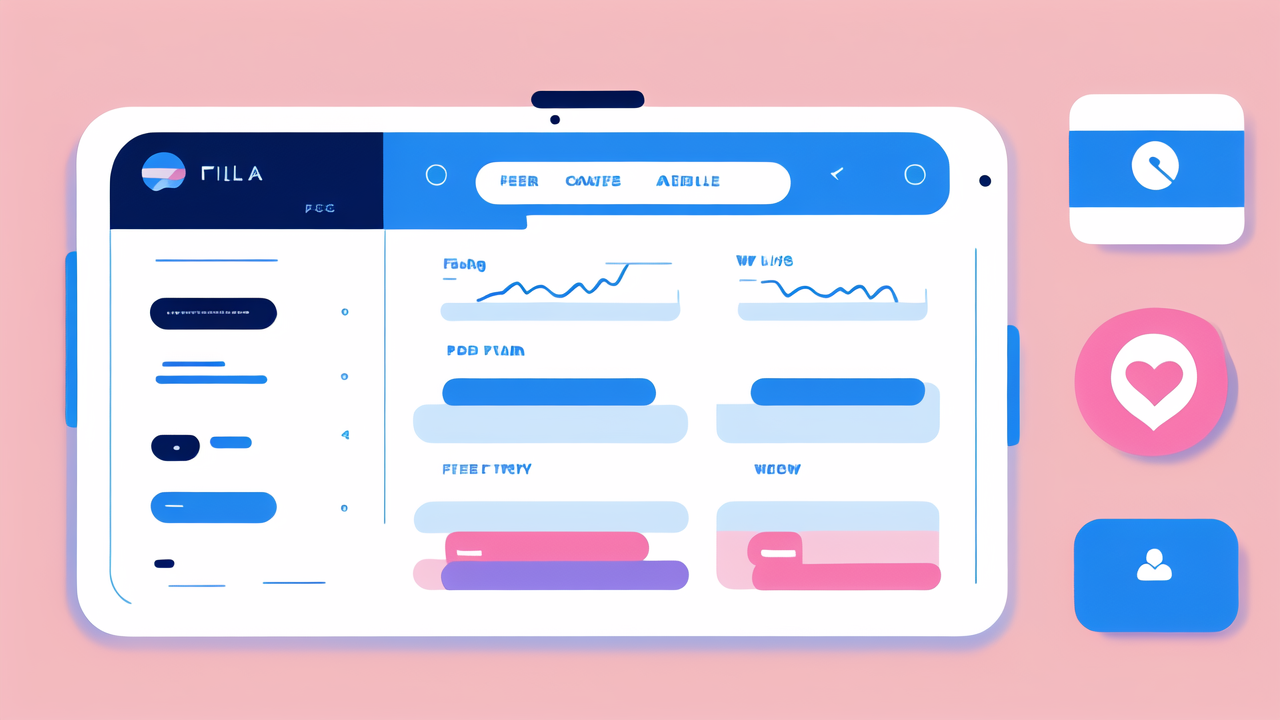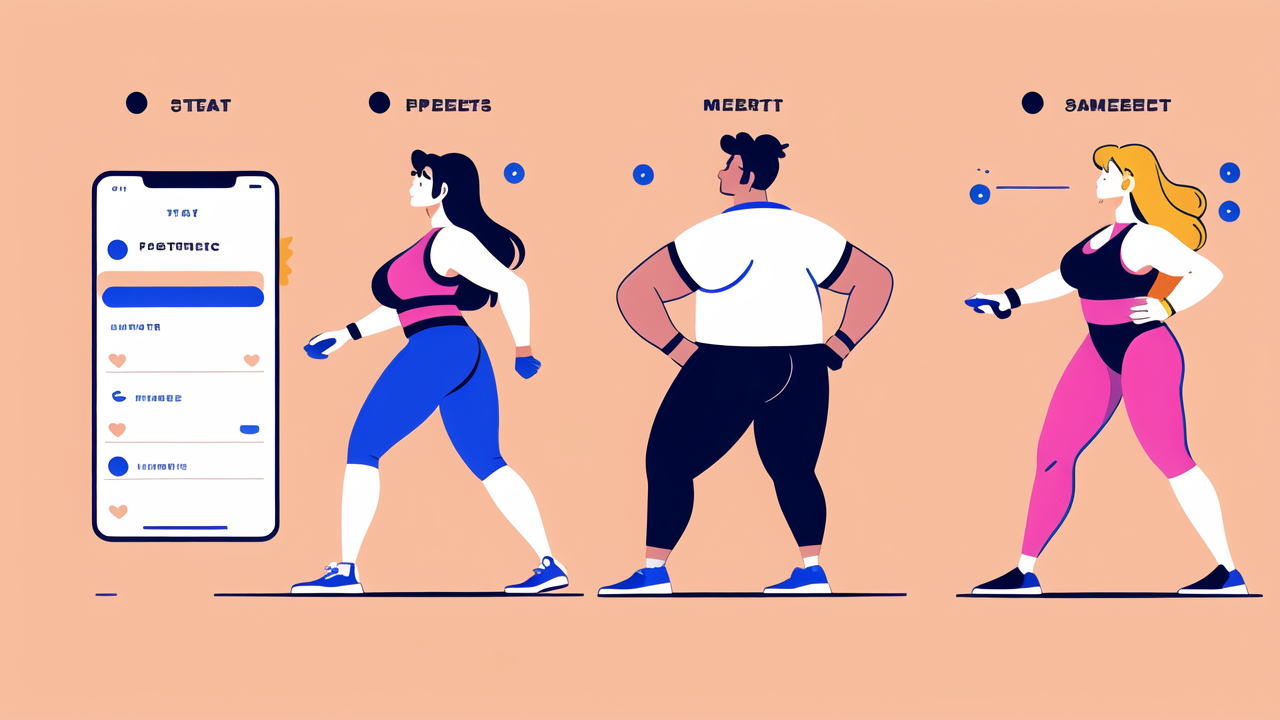The Importance of Fitness Watches in Health and Wellness
Understanding the Role of Fitness Watches in Monitoring Daily Activities
Fitness watches have become essential tools in our quest for better health. They track steps, heart rate, and calories burned throughout the day. These devices provide real-time data on our physical activity levels. This information helps us make informed decisions about our lifestyle choices.

Fitness watches motivate us to move more and sit less. They remind us to stand up and walk around regularly. Many models also monitor sleep patterns, giving insights into our rest quality. By tracking various metrics, these watches paint a comprehensive picture of our overall health.
The Evolution of Fitness Watch Technology in the United States
The U.S. has been at the forefront of fitness watch innovation. Early models were basic step counters. Today's watches are mini-computers on our wrists. They now include GPS, heart rate monitors, and even ECG capabilities.
American tech giants like Apple and Garmin have pushed the boundaries of what's possible. They've introduced features like blood oxygen monitoring and stress tracking. The market has grown exponentially, with diverse options for every need and budget.
As technology advances, these watches become more accurate and feature-rich. They're no longer just for athletes but for anyone interested in their health.
Key Features to Look for in a Fitness Watch
When choosing a fitness watch, consider these essential features:
- Accurate heart rate monitoring
- GPS tracking for outdoor activities
- Water resistance for swimming and showering
- Long battery life for extended use
- Compatibility with your smartphone
- Sleep tracking capabilities
- User-friendly interface and app
Look for watches that offer comprehensive health metrics. Some advanced features include VO2 max estimation and recovery time suggestions. Consider your specific fitness goals when selecting a watch.
Best Fitness Watches for Tracking Body Metrics
Comparing Top Brands: A Review of Market Leaders
The fitness watch market is dominated by several key players. Apple Watch leads in smartwatch features and integration with iOS devices. Garmin excels in GPS accuracy and battery life, ideal for outdoor enthusiasts. Fitbit offers user-friendly devices with a strong focus on overall health.

Samsung's Galaxy Watch series provides a robust alternative for Android users. Polar specializes in watches for serious athletes and trainers. Each brand has its strengths, catering to different user needs and preferences.
When comparing, consider factors like price, battery life, and specific features you need. Read user reviews and expert opinions to get a well-rounded view of each product.
Innovative Features That Enhance Fitness Tracking
Modern fitness watches go beyond basic step counting. They now offer features like:
- ECG monitoring for heart health
- Blood oxygen saturation measurement
- Stress level tracking and guided breathing exercises
- Menstrual cycle tracking for women's health
- Automatic workout detection
- Personalized coaching and workout suggestions
- Fall detection and emergency SOS features
These innovative features provide a more holistic approach to health monitoring. They help users understand their bodies better and make informed health decisions.
User-Friendly Interfaces and Ecosystems
The best fitness watches offer intuitive interfaces and companion apps. They make it easy to view your data and set goals. Many integrate with popular fitness apps like Strava or MyFitnessPal.
Apple's ecosystem stands out for its seamless integration with other Apple products. Garmin Connect offers in-depth analysis tools for serious athletes. Fitbit's app is known for its user-friendly design and social features.
Consider how the watch's ecosystem fits into your digital life. Look for devices that offer easy data export and sharing options.
Implementing Fitness Watches into Personal Training Regimens
Case Studies: Successful Fitness Watch Strategies
Many individuals have transformed their health using fitness watches. Take Sarah, a 35-year-old office worker. She used her watch to set daily step goals, gradually increasing her activity. Over six months, she lost 20 pounds and improved her cardiovascular health.

John, a 50-year-old marathon runner, used his watch's advanced metrics to optimize his training. He tracked his VO2 max and recovery times, adjusting his workouts accordingly. This led to a personal best in his next race.
These success stories highlight the potential of fitness watches when used consistently. They provide motivation and data-driven insights for achieving health goals.
Integrating Fitness Watches with Expert Training Programs
Personal trainers and fitness coaches increasingly incorporate fitness watch data into their programs. They use the data to tailor workouts and track client progress more accurately.
For example, a trainer might adjust a client's workout intensity based on their heart rate data. They can also use sleep data to recommend recovery strategies. This integration of technology and expertise leads to more effective, personalized training plans.
Many fitness apps now offer guided workouts that sync with your watch. This creates a virtual personal training experience right on your wrist.
Measuring the Impact of Fitness Watches on Fitness Goals
Studies have shown that consistent use of fitness watches can lead to increased physical activity. Users often report feeling more motivated to exercise and make healthier choices.
However, it's important to use the data wisely. Set realistic goals and focus on gradual improvements. Remember that fitness watches are tools to support your journey, not magic solutions.
Regular review of your data can help you identify trends and adjust your habits. Celebrate small victories and use setbacks as learning opportunities. With patience and persistence, a fitness watch can be a powerful ally in your health journey.




Leave a comment
This site is protected by hCaptcha and the hCaptcha Privacy Policy and Terms of Service apply.